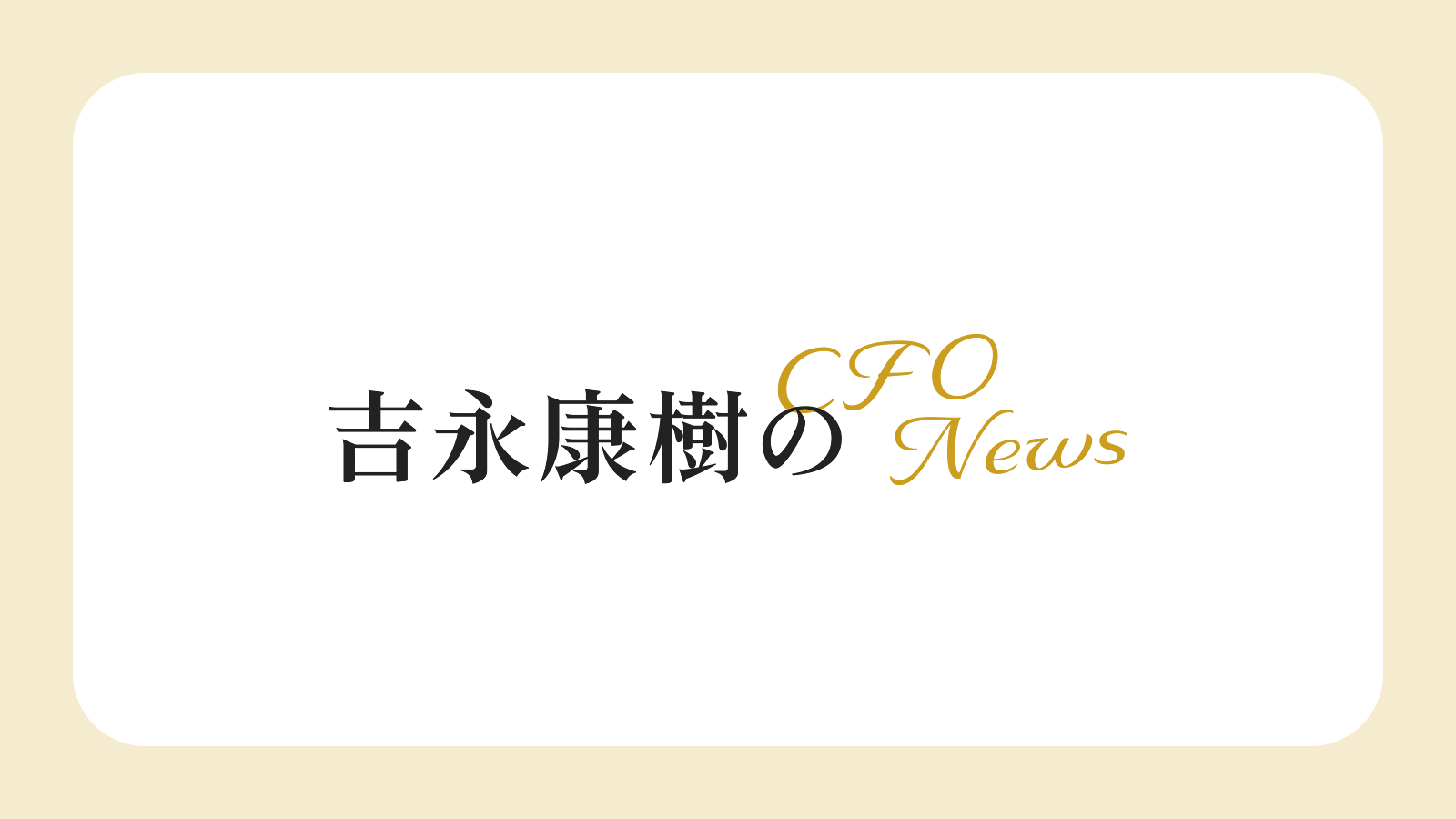バフェットからの手紙2012年度ー配当に否定的な理由
ウォーレン・バフェット氏が毎年恒例のの「手紙」を公表した。自らが経営トップを務める投資会社のバークシャー・ハザウェイの株主にあてたものだ株主以外も熟読する「バフェットからの手紙」を読み解こう。
(日経ヴェリタス2013年3月10日56ページ)
【CFOならこう読む】
「『投資先企業の経営者には(ライバルの侵入を防ぐ)塀を広げる機会に集中してほしいとお願いしています。彼らは妥当な案を多く見つけますが、ときには誤ります。それは自分の欲しい答えから始めてしまい、合理的な理由を後付けすることに起因した失敗であることが多いのです。もちろん無意識にやってしまいますから、危ういものです。』
この部分は、稼いだ利益をいかにうまく配分して事業を伸ばし、買収も続けていくことが大事かを説く中でも
出てくる。配当で株主に還元することには否定的。事業の投資には失敗もあるが、経営者が投資や買収を続ける方が、株主に豊かさをもたらしていくとバフェット氏は信じているのだ。」(前掲紙)
配当に否定的な理由をバフェットは具体的な数値例に基づき次のように説明しています。
「We’ll start by assuming that you and I are the equal owners of a business with $2 million of net worth. The business earns 12% on tangible net worth – $240,000 – and can reasonably expect to earn the same 12% on reinvested earnings. Furthermore, there are outsiders who always wish to buy into our business at 125% of net worth. Therefore, the value of what we each own is now $1.25 million.
You would like to have the two of us shareholders receive one-third of our company’s annual earnings and have two-thirds be reinvested. That plan, you feel, will nicely balance your needs for both current income and capital growth. So you suggest that we pay out $80,000 of current earnings and retain $160,000 to increase the future earnings of the business. In the first year, your dividend would be $40,000, and as earnings grew and the one- third payout was maintained, so too would your dividend. In total, dividends and stock value would increase 8% each year (12% earned on net worth less 4% of net worth paid out).
After ten years our company would have a net worth of $4,317,850 (the original $2 million compounded at 8%) and your dividend in the upcoming year would be $86,357. Each of us would have shares worth $2,698,656 (125% of our half of the company’s net worth). And we would live happily ever after – with dividends and the value of our stock continuing to grow at 8% annually.
There is an alternative approach, however, that would leave us even happier. Under this scenario, we would leave all earnings in the company and each sell 3.2% of our shares annually. Since the shares would be sold at 125% of book value, this approach would produce the same $40,000 of cash initially, a sum that would grow annually. Call this option the “sell-off” approach.
Under this “sell-off” scenario, the net worth of our company increases to $6,211,696 after ten years ($2 million compounded at 12%). Because we would be selling shares each year, our percentage ownership would have declined, and, after ten years, we would each own 36.12% of the business. Even so, your share of the net worth of the company at that time would be $2,243,540. And, remember, every dollar of net worth attributable to each of us can be sold for $1.25. Therefore, the market value of your remaining shares would be $2,804,425, about 4% greater than the value of your shares if we had followed the dividend approach.
Moreover, your annual cash receipts from the sell-off policy would now be running 4% more than you would have received under the dividend scenario. Voila! – you would have both more cash to spend annually and more capital value.」(リンクのPDF20頁)
要するにこういうことです。
(括弧の計算式は私が書き足したものです)
あなたと私の2人が200万ドルを実物資産に投資する。このビジネスから毎期12%の利益、つまり24万ドルの純利益が得られる。この事業の市場価値は簿価の125%、つまり250万ドルである。
ここで配当する場合と、配当しない場合の冨を比較します。
●配当する場合
ここで利益の1/3を配当(一人当たりの配当4万ドル(=24万ドル*1/3÷2))で受け取り、2/3を再投資する。
このときこのビジネスは年利8%で成長する(12%−4%)。
10年後この事業の簿価は431万7850ドルになる(=200万ドル*1.08^10)。
その年のあなたの配当は86,537 ドル(=431万7850ドル*4%÷2)、一人当たりの市場価値は269万8656ドル(=250*1.08^10÷2)になる。
●部分売却する場合
持分を毎年3.2%ずつ売却する。初年度の手取り金額は4万ドル(=250万ドル×3.2%÷2)。
この方式の場合、10年後の資産簿価は621万1696ドル(=200万ドル*1.12^10)、10年後のあなたの持分比率は36.12%(=(1-0.032)^10÷2)、資産持分は224万3540ドルになる。このときの市場価値は280万4425ドル(=224万3540ドル*1.25)。
両者を比較すると、部分売却方式の方が毎年の手取額は4%大きくまた市場価値も大きい。
バフェット先生は、コーポレートファイナンスの理論で言うと、資本コストを上回る投資機会があるなら、配当に回すより投資に回すべきということをわかりやすく説明しているのです。
